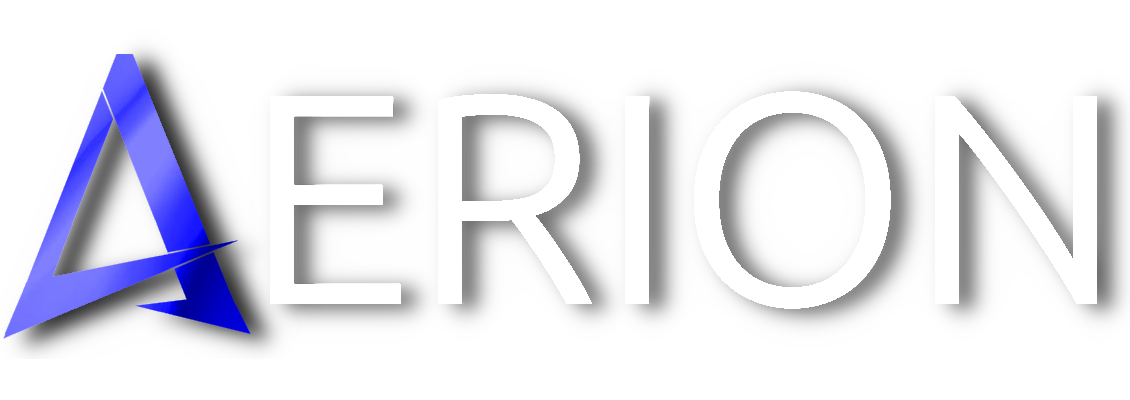Post-Quantum Signatures
Post-Quantum Signatures
Post-Quantum Cryptography
Post-quantum signatures refer to cryptographic algorithms that are resistant to the powerful computing capabilities of quantum computers. These signatures are designed to replace traditional algorithms like ECDSA (Elliptic Curve Digital Signature Algorithm). Post-quantum signatures ensure the long-term security of transactions, smart contracts, and all network communications.
Quantum Security
Altica protects transactions using post-quantum cryptographic signatures.
Lattice Encryption
Lattice-based cryptography defends Altica from quantum-based attacks.
Optimized Performance
Altica ensures security while maintaining high-speed transaction processing.
Network Integrity
Quantum-proof cryptography maintains Altica’s decentralized security model.
Future-Proof Security
Altica guarantees future-proof security with post-quantum signatures, protecting transactions and smart contracts against quantum computing threats that may arise in the future.
Backward Compatibility
Altica’s post-quantum signature implementation integrates seamlessly into the network, ensuring both current security needs and future-proof protection from quantum computing risks.
Post-Quantum Cryptographic Standards
By embracing advanced post-quantum cryptographic standards, such as multivariate and hash-based algorithms, Altica fortifies the network against computational advances. This strategic approach allows the blockchain to scale without vulnerability to quantum-powered attacks, positioning Altica at the forefront of blockchain security.
Quantum-Proof Architecture
Altica’s early adoption of post-quantum cryptography positions it as a leader in blockchain security. The transition to quantum-resistant algorithms not only enhances security today but also future-proofs the blockchain against emerging quantum threats, ensuring Altica remains a safe and reliable network for years to come.
Consult our white paper to learn more about Adaptive Subnets and discover other innovative solutions from Aerion, with additional insights into our economic model and the long-term vision behind our ecosystem.

